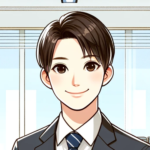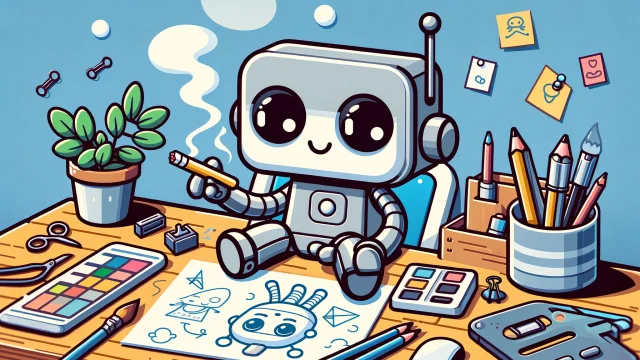Chaos in Dragon Ball: Exploring the Concept of Chaos in the Universe
The Dragon Ball franchise has always explored themes of order, balance, and destruction, often intertwined with chaotic forces that disrupt the harmony of the universe. While “Chaos” is not a direct character or specific entity in the series, the concept manifests in various arcs, characters, and events. From chaotic transformations to tumultuous battles, the presence of chaos adds depth and tension to the Dragon Ball narrative.
This article delves into how chaos is portrayed in Dragon Ball, focusing on its significance in the story and its influence on the characters and universe.
Chaos as a Narrative Element in Dragon Ball
Chaos in Dragon Ball often represents:
- Disruption of Order: Villains and catastrophic events often bring chaos to an otherwise peaceful world.
- Unpredictable Power: Characters unlock chaotic, uncontrollable powers during moments of desperation or transformation.
- Balance Between Creation and Destruction: The series frequently explores the tension between chaos and order, often through the actions of gods, mortals, and cosmic forces.
Key Representations of Chaos in Dragon Ball
1. The Saiyan Transformations
Saiyan transformations, such as the Great Ape (Oozaru) and Super Saiyan, are emblematic of chaos:
- Great Ape: Triggered by the full moon, the transformation into a Great Ape causes the Saiyan to lose control, unleashing destruction indiscriminately.
- Super Saiyan: While more controlled than the Great Ape, the initial Super Saiyan transformation, as seen in Goku’s battle with Frieza, channels raw, chaotic emotion—rage, despair, and grief—into immense power.
These transformations highlight how chaos can lead to both destruction and growth.
2. Villains as Agents of Chaos
Many of the franchise’s most iconic villains embody chaos:
- Frieza: His tyranny disrupts the lives of countless civilizations, creating chaos across the universe.
- Majin Buu: Representing pure, unrestrained chaos, Buu destroys planets and civilizations without reason or purpose, embodying the destructive potential of unchecked power.
- Goku Black and Zamasu: Their “Zero Mortals Plan” plunges the multiverse into chaos under the guise of achieving divine justice.
Each villain’s actions force the heroes to restore order, often through intense battles and sacrifices.
3. The Super Dragon Balls and Unchecked Power
The Super Dragon Balls, capable of granting any wish without limitations, represent a source of potential chaos. Their immense power can:
- Be used for selfish or destructive purposes, as seen when Zamasu uses them to swap bodies with Goku.
- Disrupt the natural balance of the universe, as the wishes often have unintended consequences.
The unpredictability of the Super Dragon Balls adds a layer of tension to their use.
4. The Gods of Destruction
The Gods of Destruction, such as Beerus, are tasked with maintaining balance by destroying planets and civilizations. While their actions are meant to preserve universal harmony, their unpredictable and often whimsical nature introduces elements of chaos. Beerus, for instance, has destroyed planets over trivial reasons, showcasing the thin line between chaos and order in his role.
5. Time Travel and the Chaos of Alternate Timelines
The introduction of time travel in the Future Trunks Saga highlights the chaotic consequences of meddling with time:
- Alternate Timelines: The creation of multiple timelines leads to confusion and conflict, as seen with the rise of Goku Black and the chaos he brings.
- Temporal Instability: Zeno’s eventual erasure of an entire timeline underscores the devastating effects of unchecked chaos in the multiverse.
Themes of Chaos in Character Development
Goku: Harnessing Chaos for Growth
Goku often thrives in chaos, using unpredictable circumstances to push his limits and achieve new levels of power. His ability to adapt and remain calm under pressure contrasts with the chaotic nature of his enemies, showcasing his role as a stabilizing force.
Vegeta: Overcoming Inner Chaos
Vegeta’s character arc is defined by his struggle to control the chaos within himself—his pride, anger, and ambition. Through his journey, he transforms from an agent of destruction to a protector of peace.
Chaos as a Reflection of Real-World Struggles
The concept of chaos in Dragon Ball reflects universal challenges:
- Emotional Chaos: Characters often confront their inner turmoil, showing the importance of perseverance and growth.
- Cosmic Chaos: The series’ battles against universal threats symbolize humanity’s ongoing struggle to find order and meaning in a turbulent world.
Conclusion: The Role of Chaos in Dragon Ball
Chaos is a central theme in the Dragon Ball franchise, driving its most compelling conflicts and character arcs. Whether through the raw power of transformations, the unpredictability of villains, or the destabilizing effects of cosmic forces, chaos challenges the heroes to rise above and restore balance.
By embracing chaos as a narrative tool, Dragon Ball continues to captivate audiences with its exploration of growth, resilience, and the eternal struggle between order and disorder.

